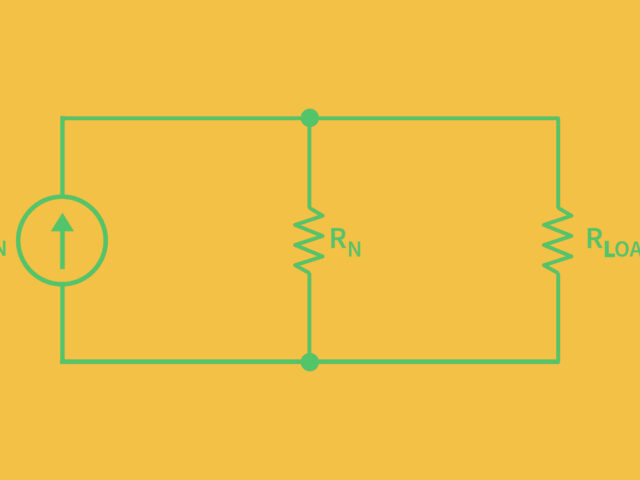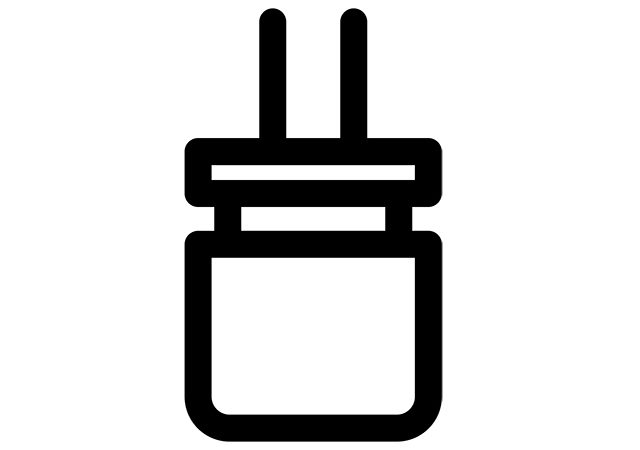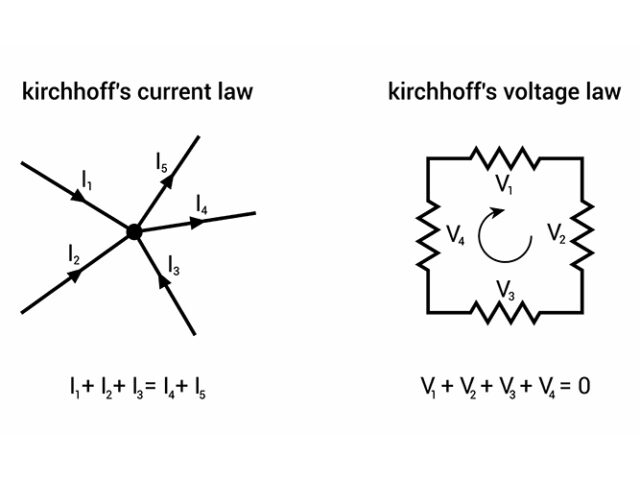Module aims
The objectives of this course module are as follows:
- Provide an initiation into nanotechnology and underscore its significance in contemporary society, highlighting its diverse applications in domains such as healthcare, security, and energy.
- Unveil the fundamental principles of materials physics at an introductory level. This will encompass elucidating the origin of insulating, semiconducting, and metallic characteristics within solids, offering participants insights into an underlying physics governing material behaviours.
- Expound upon the strategic manipulation of semiconductors. Through methods like doping, participants will comprehend how semiconductors can be intentionally modified to showcase specific electrical and optical properties within various devices.
- Present a comprehensive understanding of the essential components and functionality of pivotal semiconductor devices. Notably, the intricate workings of key devices like field-effect transistors will be demystified, allowing participants to grasp their fundamental roles and operational mechanisms.
Modules
The previously outlined aims are achieved through the following modules:
Module 1: introduction to nanotechnology and societal importance
In this opening module, participants will be introduced to the intriguing realm of nanotechnology. We will delve into its origins, defining what nanotechnology encompasses and how it operates on the nanoscale. Understanding its profound implications for various industries, from medicine to electronics, will be a focal point. Through case studies and real-world examples, we’ll unravel the societal significance of nanotechnology, exploring how it has transformed and continues to shape our modern world.
Module 2: elementary materials science
This module is dedicated to building a strong foundation in materials science. We’ll start by dissecting the very fabric of matter, exploring atomic structures in detail, and getting acquainted with fundamental particles like protons, neutrons, electrons, and even photons. The intriguing world of chemical bonding will unfold, where we’ll delve into the mechanisms that bind atoms together, leading to the diverse array of solids, ranging from metals and insulators to semiconductors.
Once the bonding basics are solidified, we’ll embark on an exploration of crystal structures. Unveiling the intricate arrangements of atoms within crystals, we’ll uncover how these arrangements influence material properties. But, crystals are not perfect, and we’ll confront the imperfections—impurities and defects—that can arise within these structures. Finally, we’ll examine how temperature fluctuations affect materials on a fundamental level, causing changes in behaviour that underpin much of our technology.
Module 3: electrical and thermal conduction
Prepare to journey into the world of electrical and thermal conduction. Starting with the Drude model, we’ll delve into how electrons in metals move and contribute to electrical conduction. This will lead us to the concept of phonons, the quantum mechanical entities responsible for heat conduction in solids. Exploring temperature’s influence on conduction, we’ll learn how materials’ electrical conductivity and thermal resistance change as temperature varies.
Expanding our understanding, we’ll consider extrinsic effects that arise due to external factors. The Hall effect will illuminate the phenomena that occur when a magnetic field interacts with a current-carrying conductor, leading to a voltage across the material. We’ll also explore the intriguing Seebeck and Peltier effects, where temperature gradients generate voltage and vice versa, forming the basis of thermoelectric devices.
Module 4: modern model of solids
Prepare to dive into the intricacies of the modern model of solids. Central to this module is the band theory of solids, a concept that introduces us to the fascinating behaviours of electrons and holes within periodic potentials. This will be an exploration into the energetics of materials, revealing how electrons fill energy bands and define materials as insulators, conductors, or semiconductors. We’ll uncover the significance of the Fermi energy, ionisation potential, and work function in this context.
Module 5: In-depth Analysis of Semiconductors
In this comprehensive module, we’ll unravel the intricate world of semiconductors. Starting with energy diagrams in k-space, we’ll differentiate between direct and indirect bandgaps, understanding their implications for material behaviour. The module will then delve into the inner workings of conduction in semiconductors, touching upon electron and hole populations.
We’ll distinguish between intrinsic and extrinsic semiconductors, delving into the characteristics of n-type, p-type, and compensation doping. Temperature’s impact on conductivity, especially drift mobility, will be meticulously analysed, highlighting how these factors influence material performance.
Module 6: semiconductor devices and functionality
Our final module will unveil the practical applications of the knowledge gained. We’ll begin with an in-depth examination of p-n and p-i-n junctions, unravelling the intricacies of forward and reverse biasing, as well as the concepts of depletion and capacitance. Transitioning to semiconductor devices, we’ll delve into the complexities of bipolar and Field-Effect Transistor (FET) devices, uncovering how they manipulate electron and hole behaviour to achieve amplification and switching.
The course will conclude with optical devices, shedding light on the workings of LEDs, photovoltaic systems, and more. Participants will leave with a comprehensive understanding of how the principles covered throughout the course translate into tangible technologies that shape our lives.
Module outcomes
Upon completion of the course, students will be able to:
- Comprehensive Solid Understanding: Gain a thorough grasp of different solid types—ranging from metals to semiconductors and insulators. Understand the distinctive bonding mechanisms and crystal structures that underlie each category, facilitating a comprehensive comprehension of their diverse material properties.
- Mastery of Conduction Principles: Acquire mastery over the varied conduction mechanisms that characterise solids. Understand the intricate relationship between temperature fluctuations and conduction behaviours, enabling you to articulate how changes in temperature affect the mobility of charge carriers within materials.
- Proficiency in Energy Band Diagrams and Doping: Develop proficiency in interpreting energy band diagrams for distinct solid types. Delve into the effects of doping, with a specific focus on n-type and p-type doped semiconductors, and grasp how these engineered alterations influence electronic properties.
- Quantitative Insights in Doped Semiconductors: Hone your ability to perform practical calculations related to doped semiconductor systems. Quantitatively determine electron and hole concentrations, as well as Fermi energy levels, gaining insights into the impact of doping on carrier populations and energy distributions.
- Expertise in Junction Functionality and Device Applications: Attain an expert understanding of p-n and p-i-n junctions, dissecting their operation under both forward and reverse bias. Gain insights into their applications within key semiconductor devices like Metal-Oxide-Semiconductor Field-Effect Transistors (MOSFETs) and Bipolar Junction Transistors (BJTs).
- Quantitative Proficiency in Device Parameters: Develop a strong quantitative foundation by calculating fundamental parameters within semiconductor devices. Determine essential aspects such as built-in potential, depletion width, and diffusion currents in pn junctions. Additionally, compute emitter, base, and collector currents within BJTs.




